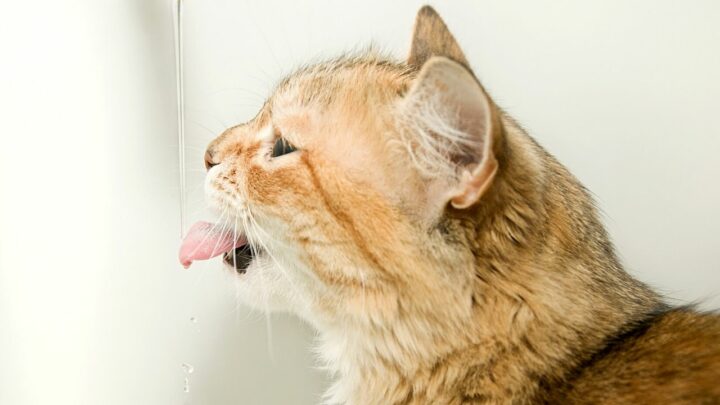I usually place my cat in the cattery for the weekends when I have to leave town.
This past long weekend, I didn’t notice that the neighbor’s cat had snuck in to visit my cat and I accidentally locked him inside my house.
Finding the obviously upset and thirsty cat upon my return, I worried that he had dehydrated, so I called the local vet while I rushed him over for a checkup.
After all, just how long can cats go without water?
How Long Can Cats Go Without Water?
Cats can live for 3-4 days without drinking water. While cats don’t drink as much water as dogs do, cats need fresh water every day. When the cat has been without water for three to four days, its nervous system starts to shut down and the cat may become extremely (and often fatally) ill.
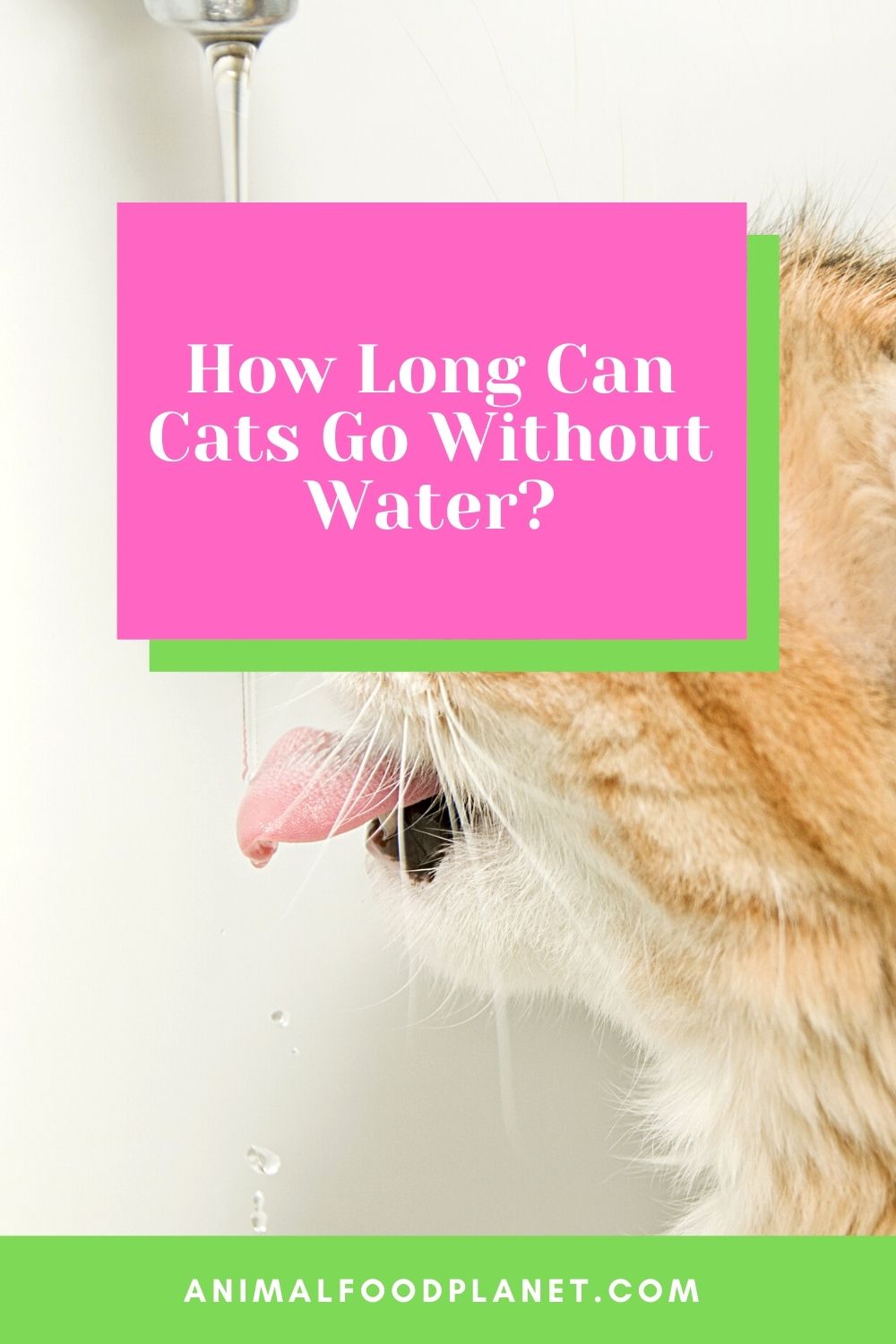
How Long Can Cats Go Without Water
4 Reasons Cats Need Daily Water
Cats, like other animals, require water to help their bodies function correctly.
The ways in which cats use water in their bodies also indicate how important being hydrated is to a cat’s survival.
1. Circulation
Cats have an intricate circulatory system.
When they become dehydrated, their blood flow slows down, which is really bad news for the cat’s heart, liver, kidneys, and lungs.
2. Digestion
A cat that eats wet food will already be consuming almost 80% of its daily water requirement.
However, a cat that eats dry cat food will be fully dependent on outside water sources such as the water bowl or water fountain.
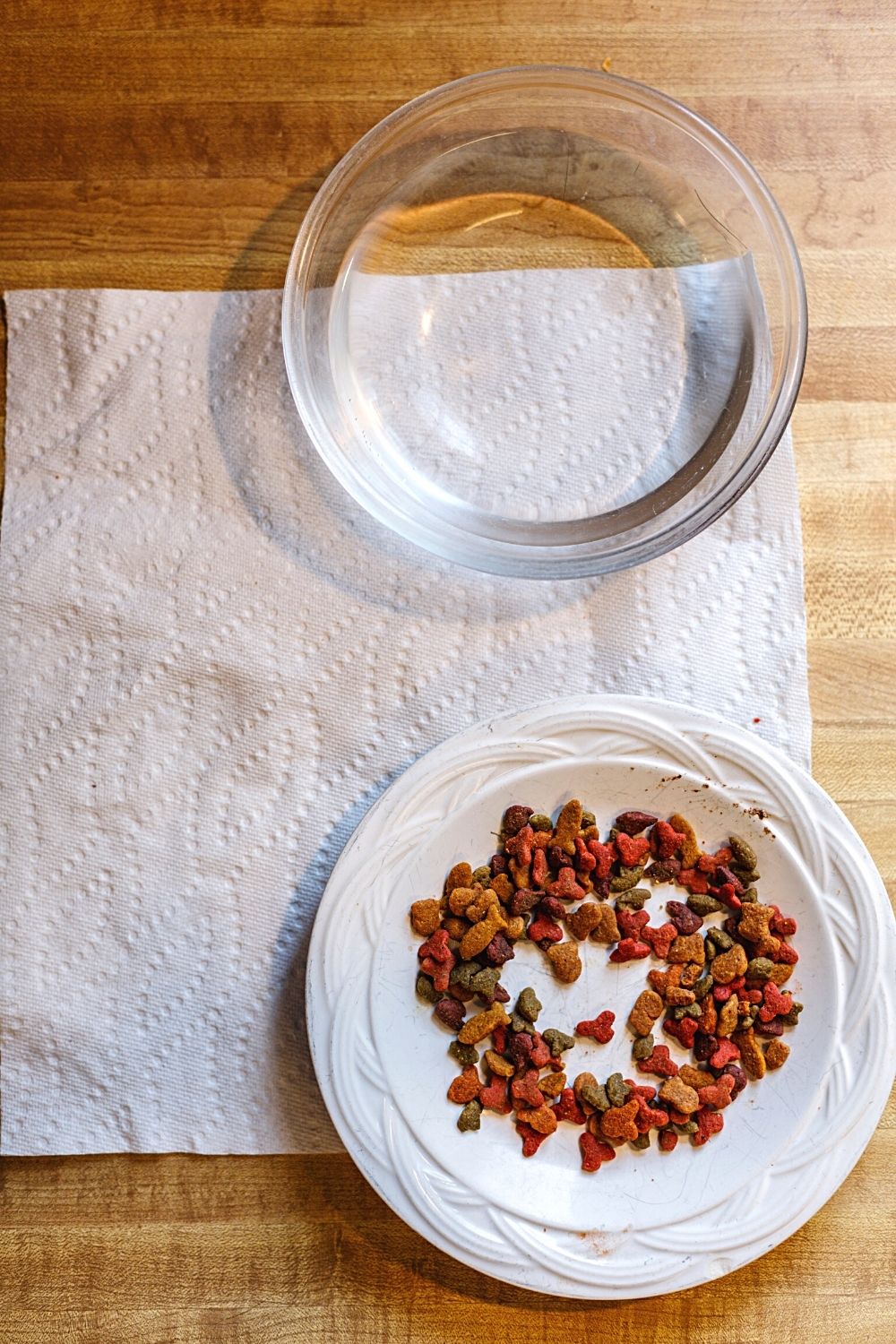
If a cat eats dry food, it’ll need outside water sources like water in a bowl to avoid becoming dehydrated
When their food is dry and they are losing water, your cat may face difficulties with digestion.
3. Waste Removal
Not only is water invaluable to your cat’s circulatory system, but it also helps with waste removal.
A cat can quickly suffer toxicity and the formation of kidney stones if they don’t have access to fresh water.
A dehydrated cat will suffer unpleasant conditions like an inability to urinate, a struggle to defecate, and a rise in lactic acid in the blood from being unable to flush the toxins from its system.
4. Cooling Aid
As you can imagine, cats are quite warm with all that fur, so they can overheat easily, especially since they can only pant and sweat through the bottoms of their paws.
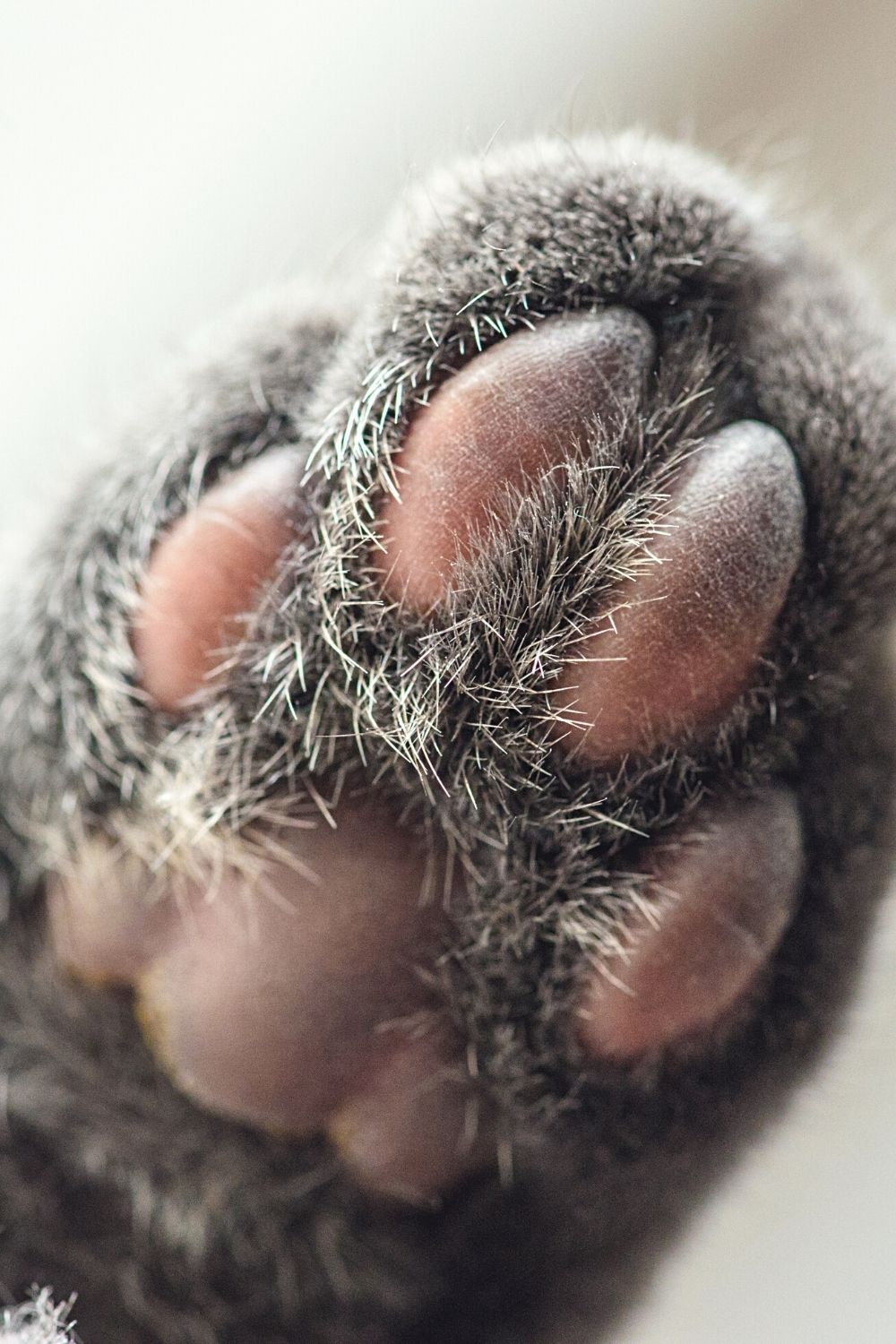
Aside from panting, cats also sweat through the bottom of their paws to cool off
Drinking enough water helps them stay hydrated and cool.
Overheating can quickly lead to nerve damage, so it’s best to ensure your cat stays hydrated and cool.
Symptoms of Dehydration in Cats
I noticed the neighbor’s cat had the following symptoms that indicated he was dehydrated from being locked in my house all weekend.
Loss of Energy
Cats need water for their whole body to function correctly.
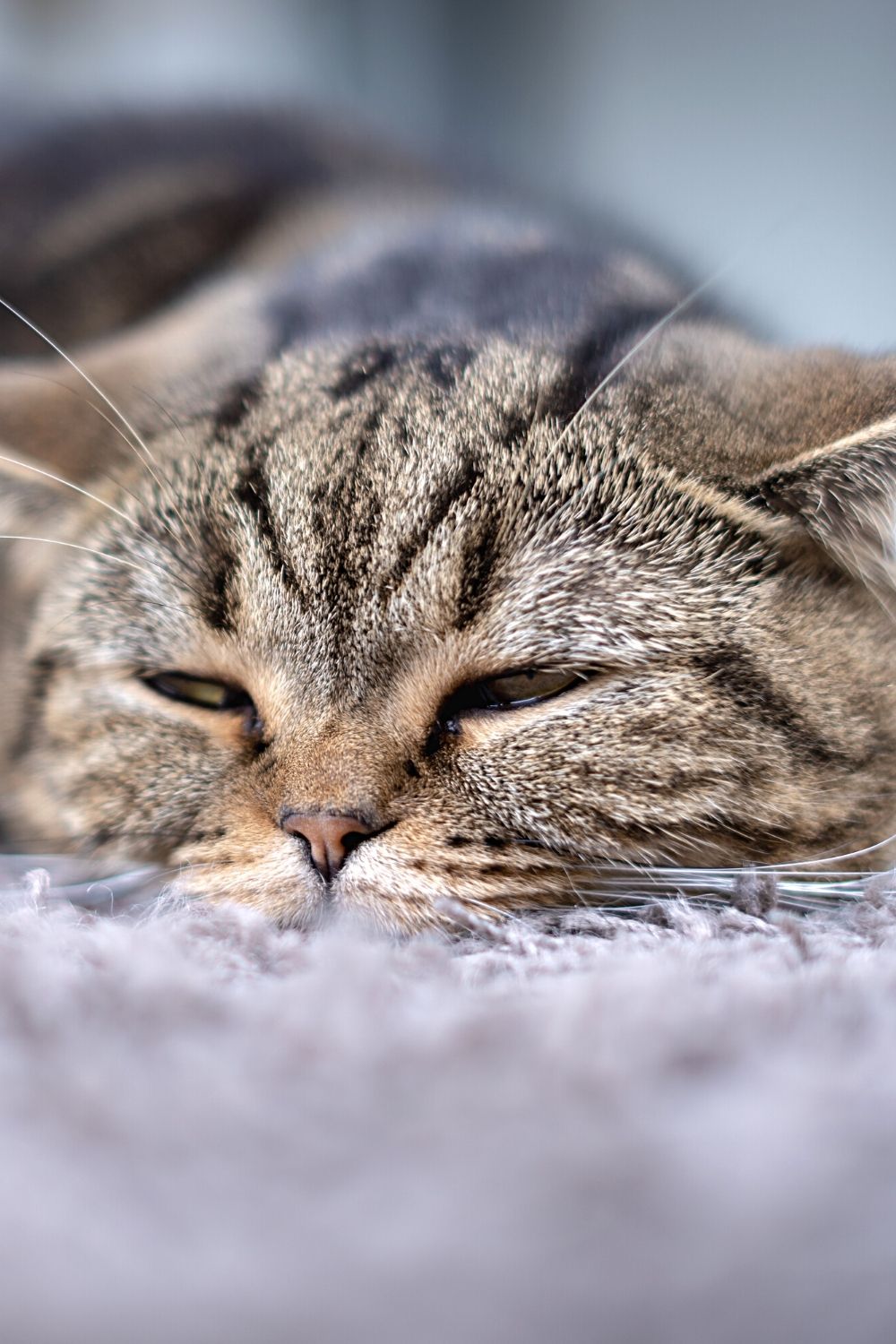
Cats who go for days without water become low in energy, preferring to lay in a corner
When they dehydrate, their blood pressure drops, and they become low in energy.
Refusing to Eat
I offered the cat some feline food, but he just wasn’t interested in it.
Instead, he simply lay in a corner, trembling slightly. He had no desire to eat, which had me really concerned.
Panting
The neighbors’ cat was panting and breathing fast when we found him.
Dehydration made his body temperature rise, and he was panting to try and cool down.
At times, cats can also drool when they’re dehydrated.
Dry Gums
Due to a loss of fluids, the cat was struggling to meow at me, and I noticed his lips were almost stuck to his gums.
Sunken and Dull Eyes
With the loss of water, the cat had sunken eyes, and there was no shine to his eyes either.
Loose Skin
The skin on his legs and between his front legs under his chest was hanging and crunchy to the touch with the loss of intercellular fluid.
Dehydration also leads to a loss of muscle tone as all the cells in the cat’s body start to lose moisture.
How to Help Your Cat Rehydrate
We rushed the neighbor’s cat to the vet for treatment, and the vet was able to save his life with an intravenous solution administered for several days.
Within a few hours of the cat receiving the IV treatment, he started to perk up and his appetite returned. To further boost his moisture intake, the vet gave him wet food to eat.
If your cat should suffer dehydration and you can’t get them to a vet, you can take the following action to rehydrate them.
Feed Wet Food
A cat that’s dehydrated should be given wet food to boost its digestive tract.
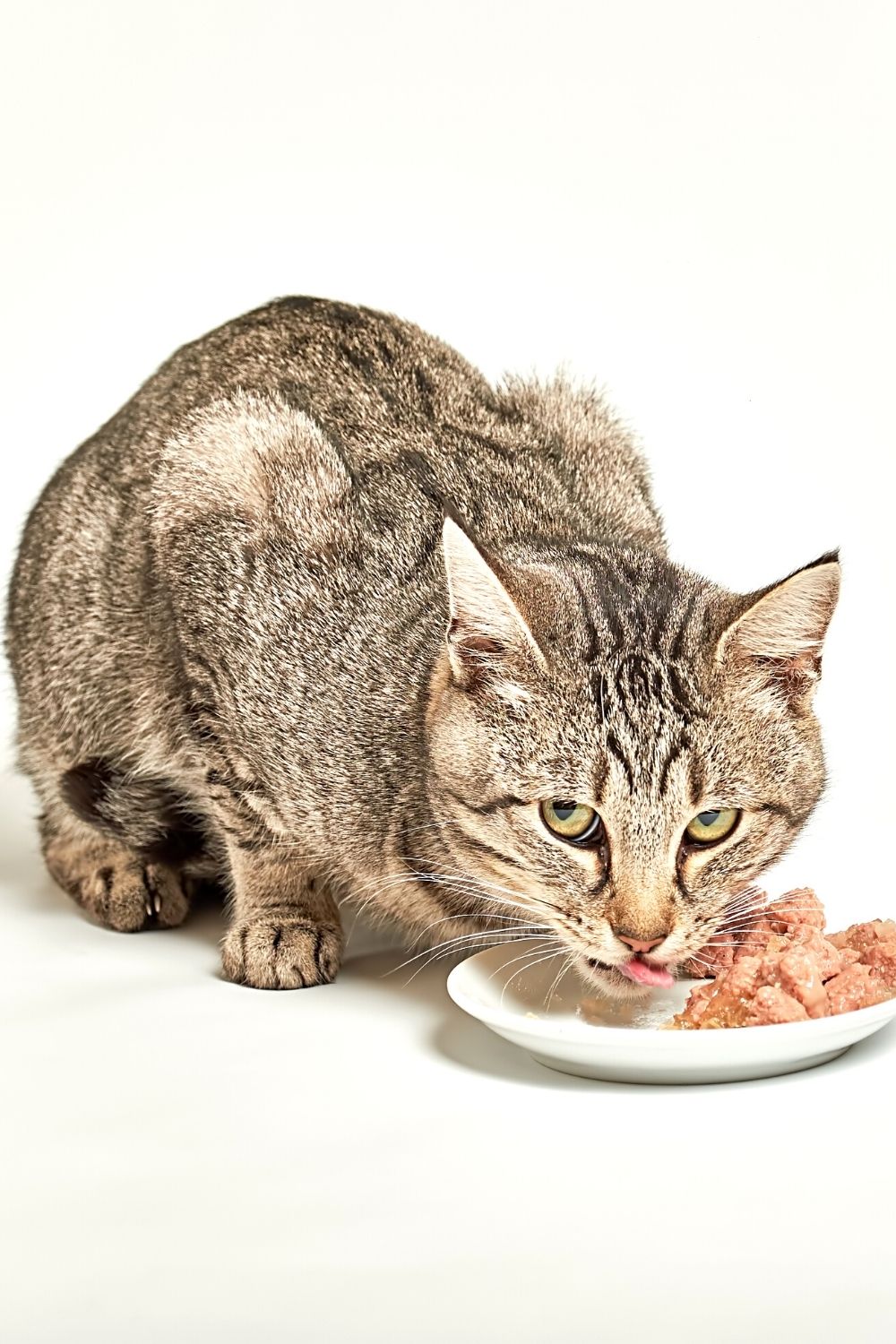
Feeding wet food to a cat boosts its digestive tract when it goes for days without water
Meat Broth Water
If your cat has dehydrated, but they still look active, you can tempt them to drink water by mixing some meaty broth with their drinking water.
This method’s also a great help in replacing the lost electrolytes.
Water Syringe
Should your cat not want to drink because of dehydration, you can syringe a weak glucose solution into their mouth to help them increase their water intake.
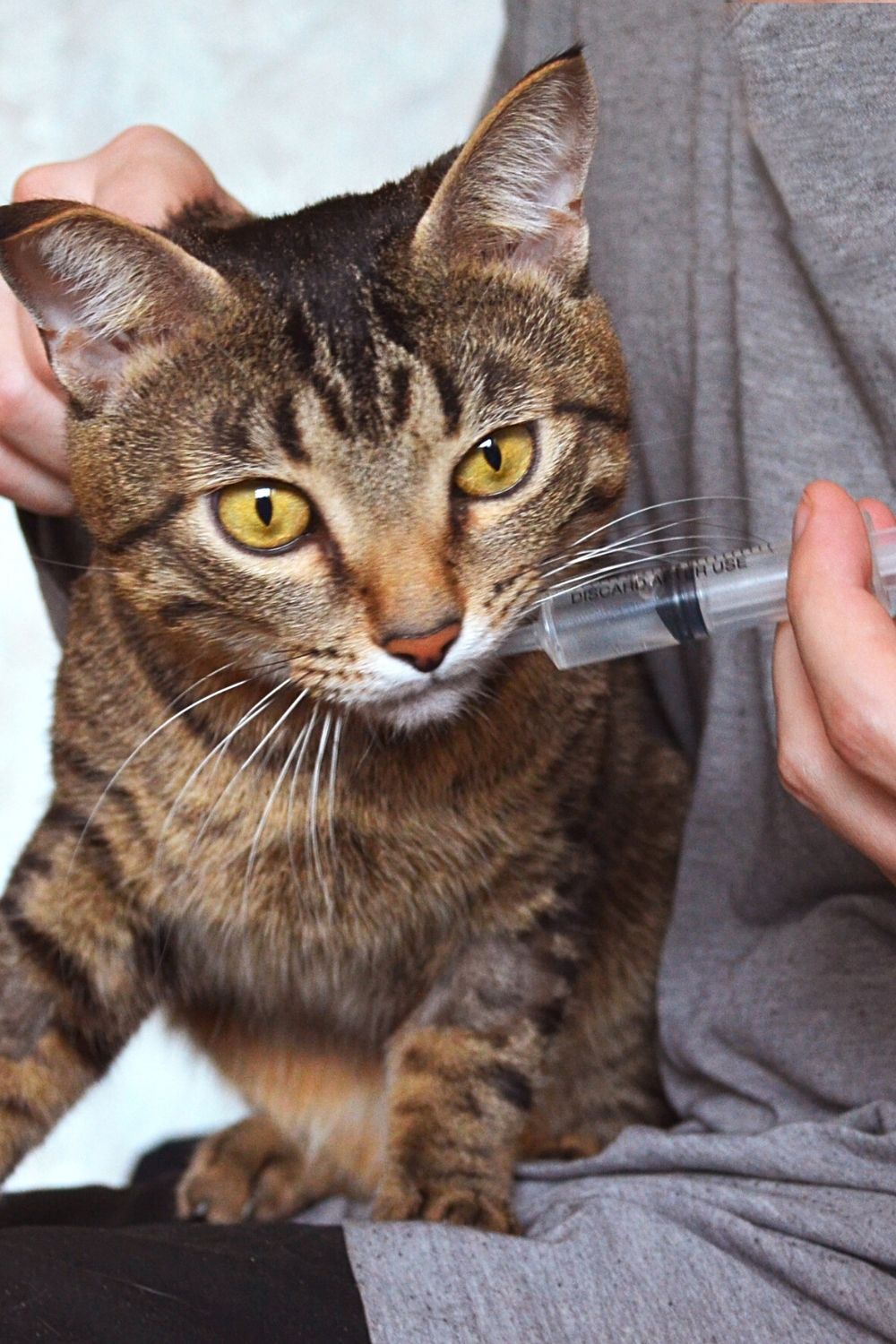
Feeding a dehydrated cat with a weak glucose solution can help it regain its energy
Take care not to syringe the fluid into the cat’s throat as it can quickly go down the wrong opening into the trachea and lead to suffocation or pneumonia if the fluid gets to the cat’s lungs.
Alternatively, you can also syringe meat broth water into your cat’s mouth. Simply wet the mouth, letting the water naturally trickle down the cat’s throat.
Sources of Water Cats Use
I was really surprised the cat had survived in my house with no water for almost three whole days.
When I returned from the vet, I began to notice the cat had been quite clever in finding a little water in my home after all.
When in need, cats will obtain water from any number of sources such as:
- Dripping downpipes
- Toilet bowls
- AC units that drip
- Rainwater that entered through a crack in the basement window
- Eating water-rich foods such as the two apples that were left on my kitchen counter
- Drinking dew off rocks and grass in the wild
Frequently Asked Questions about How Long Can Cats Go Without Water
How often do cats need water?
Cats need to drink water daily. A cat should drink 3.5-4.5 ounces of water per 5 pounds of body weight daily. So if your cat weighs 10 pounds, it should drink 7-9 ounces of water per day.
Can felines go for 24 hours without water or food?
A healthy cat can go a day and a night without water with only mild dehydration resulting (as long as they aren’t exposed to extreme heat). They can go more than a day without food, but when they have no water for two days, they will suffer serious dehydration.
The Last Drop
My neighbor’s cat made a full recovery, and he still visits my little cat whenever he can, but as soon as he sees me head over to close a door, he bolts home.
Dehydration is a slow and painful condition that leads to death, so make sure your cat gets enough water each day.
And if you’re going somewhere, be sure to check there are no cats hiding in your home, or leave a small window open so they can escape if you accidentally lock them inside.

